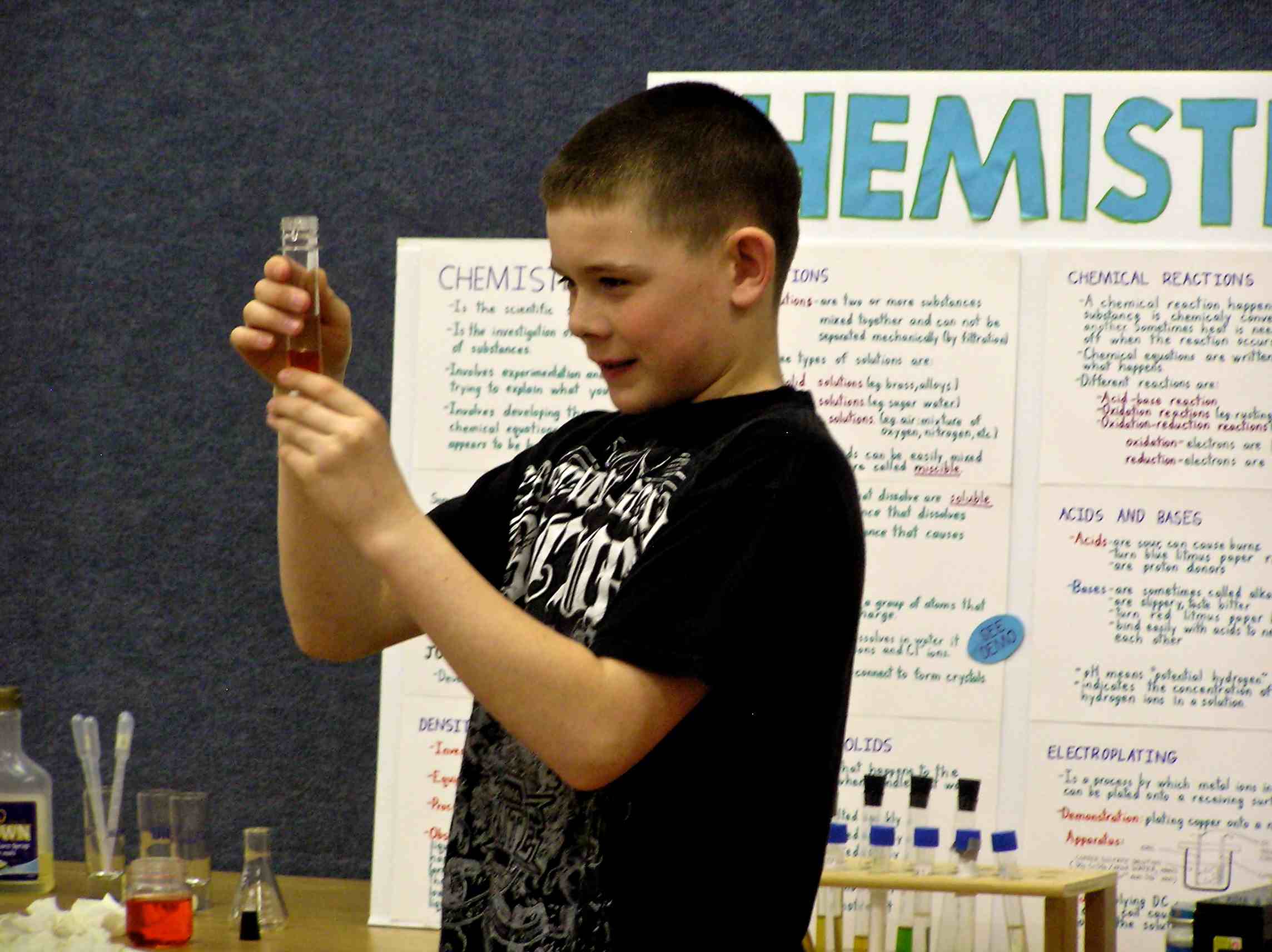Building a science display takes time. The process of building the display also takes up a lot of room and can disrupt the pattern of daily schedules for a number of weeks. What is the value of a science display, considering that you might only display it once? I suppose that if you view a science display as an ‘extra’ – a thing that you have to go out of your way to do – then its value may equal that of an increased burden. Alternately, if you view a science display as an assembly of summarized learning, together with supporting devices, then its value becomes… invaluable!
Taking this approach also makes learning in the sciences and technologies a lot of fun. Our children are much more eager to study the sciences knowing that a significant part of the process includes building a display. It is important to remember that most children (and adults) enjoy the ‘hands-on’ experiences. With this in mind, the display construction becomes a process in which the major points of your child’s learning are reviewed and assembled into a brief but very understandable presentation. The display becomes the culmination of exploring and expressing their favorite topic.To begin the process, pick a favorite topic or subject. Then take the time to investigate it thoroughly. Check all of your resources (texts, encyclopedias, internet) and gather all of your supporting gadgets (often found in your back yard, the garage, the recycle station, or the dump). Perhaps you (i.e. your child) might use materials that were saved from the previous summer – like leaf or insect samples, bird pictures, tree or plant sketches or rubbings, or some sort of mechanical or building project that you tackled.Take all the important aspects of the chosen topic and compile them into a concise but understandable display. List and describe these main points. Practice printing and spelling, along with illustrational art. Do it by hand and use large print (because typed text is very hard to read when you stand back from your display). Then add some supporting display exhibit items that can be interacted with. Avoid using electronic devices that could lead to entertainment activities rather than learning activities.Once you have built a display, you might want to share it with others. The WISDOM Science and Technology events are great opportunities to do just that. These events are venues in which students can display their work, perhaps also expressing their learning in an oral presentation to ‘teach’ others what they have learned. These events are also great places to learn, from other students, those topics that you didn’t have time to study.I encourage you to build your displays so that you can easily store them, retrieve them and review them. This will be helpful when there is a need or desire to re-visit a topic. Building a quality science display might take time but it holds great value … so don’t leave it until the last minute (or it might not get done).

